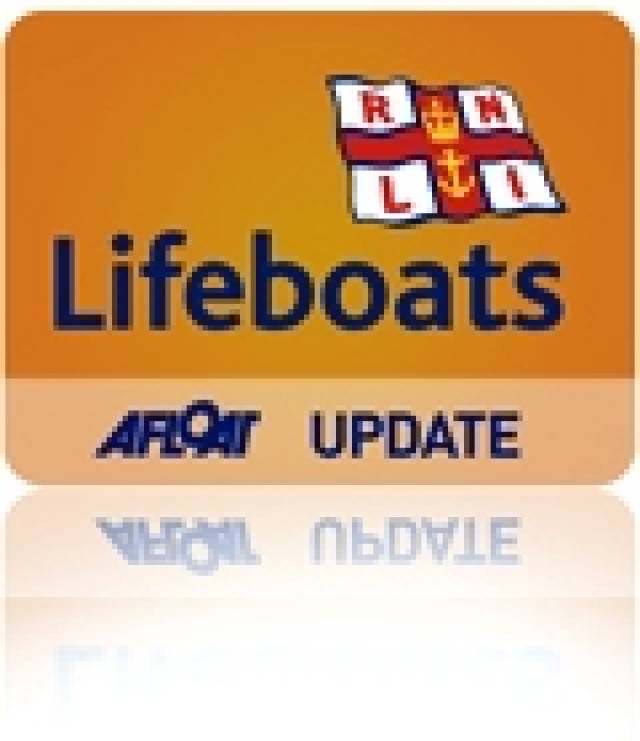A stricken vessel was located in trouble on Lough Erne using lat/long data from an iPhone.
A 999 call from the Motor Cruiser ‘Wee Rascal’ on Lough Erne in the early hours of this morning called on all the investigative powers of Belfast Coastguard as the vessel wasn’t even close to its reported position.
The vessel was on passage from Kesh to Enniskillen in windy, wet conditions when it called 999 to ask for assistance. Despite an extensive search of the area around its reported position neither the Enniskillen RNLI Inshore Lifeboat nor Erne Coastguard Rescue Teams could find the vessel.
Because the vessel had no flares, flash lights or VHF Radio on board to show rescuers where it was, Belfast Coastguard resorted to mobile phone technology. A locator i-phone application finally gave rescuers the vital latitude and longitude they needed to locate the vessel
The vessel was finally located 25 miles away from its reported position, dangerously amongst the rocky shoreline off Eagle Point. It was carefully brought away from the rocks by the skill of the Enniskillen RNLI Inshore Lifeboat crew and taken to the safety of Beleek marina.
Coastguard Watch Manager Steven Carson said:
“A combination of luck and technology saved these four people from imminent danger this morning. They had charts onboard but obviously no real idea of how to get to their destination or how to report their position in an emergency.
“Vital hours were wasted eliminating one possible location after another, time that we wouldn’t have had if the vessel had struck the rocks and sunk. I hope that this experience will help the crew to realise why navigation training is essential for all mariners, whether you’re on a Lough or the open sea.”
































































